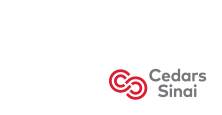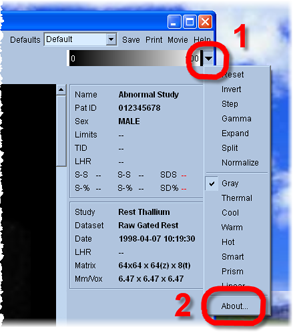
|

|

| |
PLEASE TURN ON JAVASCRIPT TO ALLOW THIS WEBSITE TO FUNCTION AS INTENDED.
Cedars-Sinai Cardiac Suite 2017
Version 2017 of the Cardiac Suite brings a host of new features and improvements. Here are some that you might be interested in.
Calcium Scoring Tools
A new Calcium page is now available in QGS+QPS. You can score calcium plaque in coronary arteries, annotate images, and obtain risk information based on patient gender, age, and race.
SPECT Coronary Flow Reserve
Dynamic SPECT studies can now be used to perform myocardial blood flow calculations.
Motion Correction for Dynamic Images
A new tool in the Kinetic page allows you to correct for patient motion during dynamic acquisitions, be they SPECT or PET.
Planar MUGA Processing
QBS now allows the processing of planar studies in addition to SPECT blood pool datasets.
New Reporting
Our completely updated reporting is simplified, has a modern user interface, and works without needing dedicated databases.
PET and CT MIPS
Automatically generate rotating MIP images from PET and CT images. Configurable, and on-demand.
Annotations
Add measurements, callout text and arrows, and more to any page in QGS+QPS.
There's more!
Customers who purchase Cardiac Suite directly from Cedars-Sinai will also benefit from the following improvements to the other included tools:
- CSI - data import by drag and drop
- CSI - enhanced deleted items manager (auto-purging options)
- Autorecon – mask feature
- Autorecon – 3D OSEM with super sampling
- CSView - new application for basic 2D processing and general NEMA and ACR QA tools
Suite 2017 also includes a number of performance improvements, display options, and fixes for common little annoyances:
- 64-bit application for improved management of large datasets
- Auto-correction of contour failures
- Enhanced Splash page
- Enhanced temporal and spatial filter
- SUV polar maps for FDG PET
And let's not forget the improvements we brought in past years
Image QC tools, smart defect editor, configurable data selector, single QGS+QPS application with TID and LHR, group processing, multi-monitor support, enhanced motion/thickening limits, CFR and MBF, automatic registration, native OS X support, to list but a few.
System requirements
Cedars-Sinai Cardiac Suite 2017 supports Windows 7 and later.








